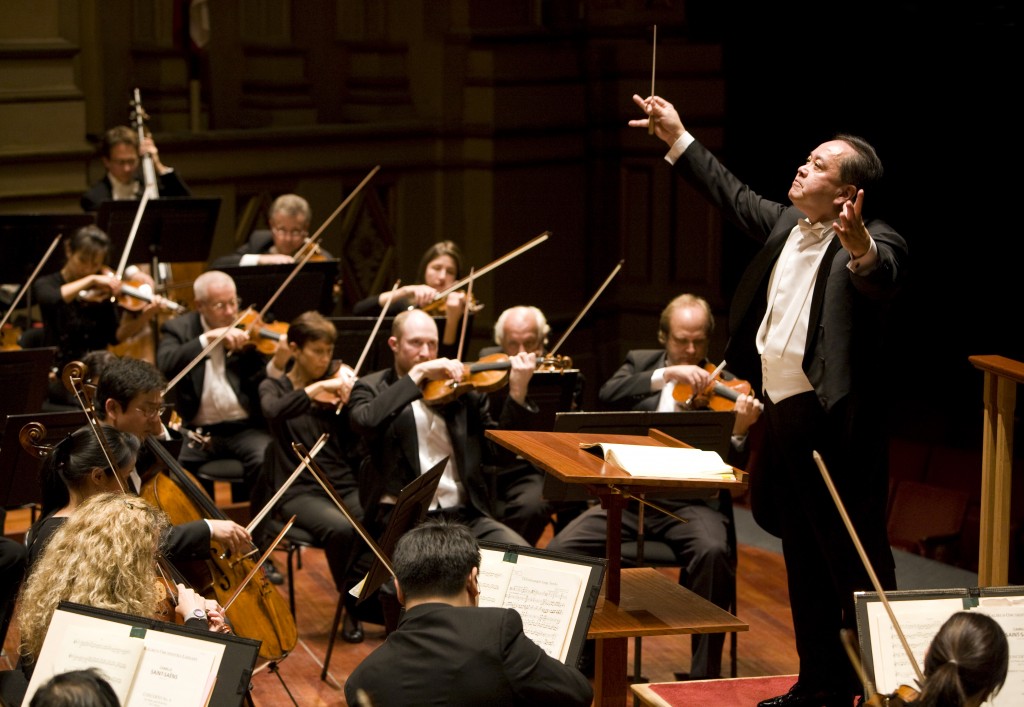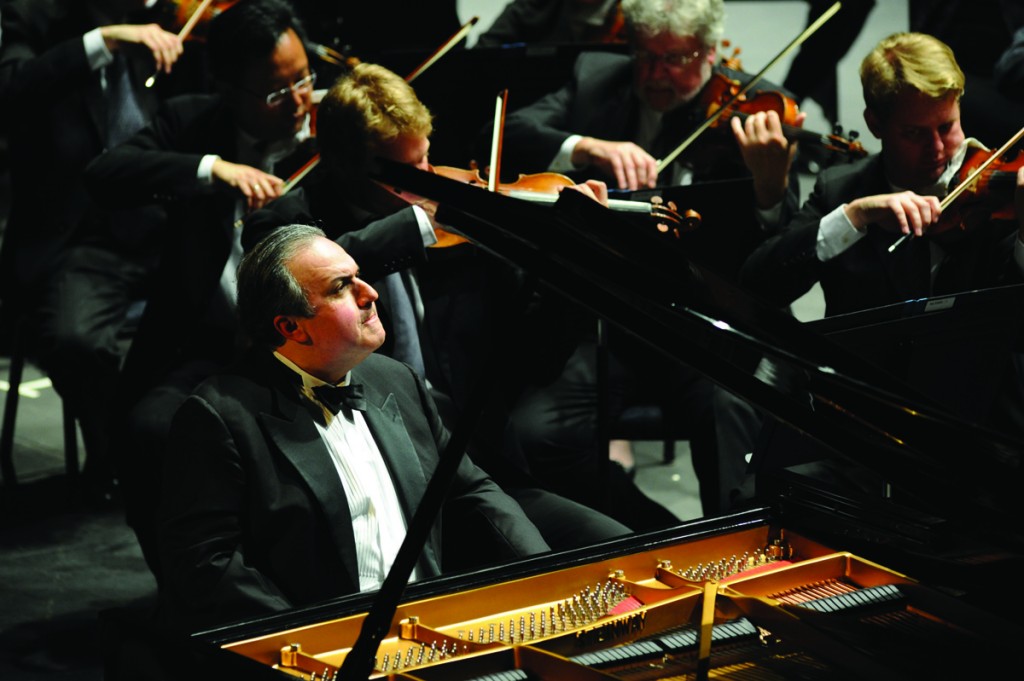Mastro Jahja Ling’s San Diego Symphony Swan Song
Maestro Jahja Ling conducted his final concert as the San Diego Symphony’s Music Director on Sunday (May 28) at the Jacobs Music Center. Choosing the Brahms Second Piano Concerto, featuring guest pianist Yefim Bronfman, and the Jean Sibelius Second Symphony in D Major, Ling again affirmed his longstanding, unswerving fealty to the late Romantic symphony repertory.
This stylistic proclivity represents both Ling’s strength and his weakness as Music Director. When his passion unites with a highly dramatic, beautifully orchestrated work such as the Sibelius Second Symphony, the orchestra rises to a high level of performance, brandishing the rather plush sound Ling has cultivated over his 13-year tenure and stirring genuine visceral excitement in the work’s many climactic passages.For example, in the second movement, the Andante ma rubato, Ling showed his best form, unleashing the angst under Sibelius’ orchestral turbulence and drawing out his powerful orchestral cadences spurred by the timpani’s incessant, ominous roll. He allowed beautiful solos to emerge from the low woodwinds and cello section, as well as haunting exchanges between solo trumpet and oboe, but his glory was its grand, extended full orchestral crescendo.
The roiling, labyrinthine meanderings of the Second Symphony’s Finale also found Ling in congenial territory, and the orchestra’s stirring major mode chorale powered by the effulgent brass choir and wind choirs brought the work to a glorious conclusion.
But a more classically structured late Romantic work such as Brahms’ four-movement Second Piano Concerto–a work of symphonic scope–needs a patient and astutely balanced strategy that weaves together many disparate themes into an exciting tapestry. I found Ling’s stolid, by-the-book direction of the Brahms Concerto disappointing. In the opening movement, for example, he missed the composer’s almost playful subversion of exposition and development, a tactic that delays any grand climax until the very end of this long movement. Bronfman did his best to engage the composer’s surprising architecture, displaying a wide variety of touch and color from the keyboard, but Ling, ever diligent but hardly illuminating, did not follow the soloist’s creative lead.Bronfman’s masterful, powerful technique served the Concerto well in the robust signature flourishes that define the lively movements, but in the Andante and the quiet section of the second movement, he proved equally adept at cultivating Brahms’ gentle, undulating piano textures we know so well from his late Intermezzos. Kudos to Principal Cello Yao Zhao for his heavenly solos that floated through the Andante and perfectly complemented Bronfman’s approach.
Although this concert marked Ling’s swan song as Music Director, he will return next season for a weekend of concerts in his new role as the orchestra’s Music Director Laureate. His April 2018 program will feature another Russian pianist in Rachmaninoff’s Third Piano Concerto. Quel surprise!
[themify_box style=”shadow” ]This program by the San Diego Symphony was performed May 26-28, 2017, at the Jacobs Music Center’s Copley Symphony Hall. The May 28 concert was attended for this review.[/themify_box]

Ken Herman, a classically trained pianist and organist, has covered music for the San Diego Union, the Los Angeles Times’ San Diego Edition, and for sandiego.com. He has won numerous awards, including first place for Live Performance and Opera Reviews in the 2017, the 2018, and the 2019 Excellence in Journalism Awards competition held by the San Diego Press Club. A Chicago native, he came to San Diego to pursue a graduate degree and stayed.Read more…




